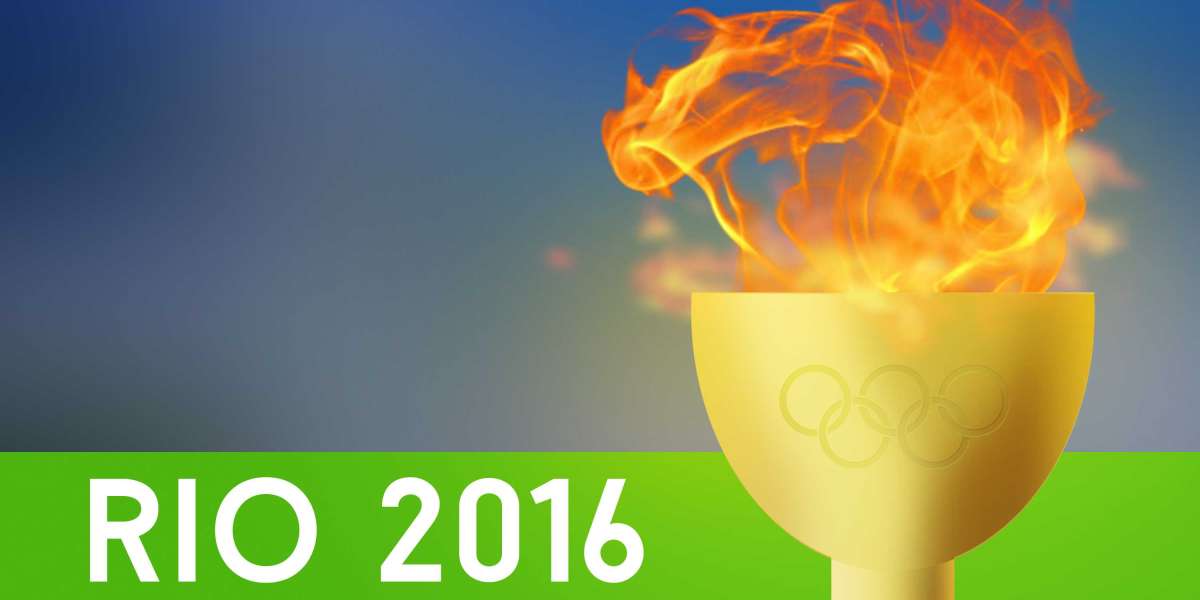Chinese ink painting, known as Ink Painting 水墨畫 (shuǐmòhuà), is a timeless art form that has captivated audiences for centuries with its elegance, simplicity, and profound philosophical underpinnings. Rooted in ancient Chinese culture, Ink Painting represents a unique blend of artistic expression and spiritual depth, embodying principles of harmony, balance, and the beauty of nature. This article explores the origins, techniques, and philosophical essence of Chinese ink painting, shedding light on why it remains a revered tradition in the modern world.
Origins and Historical Context
The origins of Ink Painting can be traced back to the Tang Dynasty (618–907 CE), though it flourished significantly during the Song Dynasty (960–1279 CE). Initially, ink painting was closely tied to calligraphy, as both relied on the skilled use of brush and ink. The medium’s simplicity—black ink on rice paper or silk—allowed artists to focus on capturing the essence of their subjects rather than mere physical likeness. Over time, Ink Painting evolved into a distinct art form, with landscape painting becoming a dominant genre, reflecting the Chinese reverence for nature and the cosmos.
Unlike Western painting traditions that often emphasise detail and realism, Ink Painting prioritizes minimalism and suggestion. Artists use fluid brushstrokes and varying shades of ink to evoke mood, atmosphere, and the spirit of the subject. This approach aligns with Taoist and Zen Buddhist philosophies, which emphasize spontaneity, simplicity, and a deep connection with the natural world.
Techniques and Materials
The techniques of Ink Painting are both disciplined and expressive, requiring years of practice to master. Artists typically use a soft brush made of animal hair, which allows for a wide range of strokes, from delicate and wispy to bold and forceful. The ink, traditionally made from soot and animal glue, is diluted with water to create a spectrum of tones, from deep black to faint gray. Rice paper, known for its absorbency, is the preferred canvas, as it captures the immediacy of each brushstroke, leaving little room for error.
One of the hallmark techniques of Ink Painting is the use of “broken ink” (pòmò), where the artist manipulates the brush to create textured, fragmented strokes that suggest depth and movement. Another technique, “flying white” (fēibái), involves swift, dry brushstrokes that leave streaks of white, conveying a sense of energy and spontaneity. These techniques require not only technical skill but also a meditative mindset, as the artist must be fully present in the moment of creation.
The subject matter of Ink Painting often includes landscapes, flora, fauna, and human figures, with an emphasis on capturing their “spirit” rather than their physical form. For example, a painting of a bamboo stalk might use minimal strokes to suggest its resilience and grace, leaving the viewer to fill in the details with their imagination. This approach reflects the Chinese aesthetic principle of “less is more,” where empty space is as important as the painted elements.
Philosophical Underpinnings
At its core, Ink Painting is more than an artistic practice; it is a philosophical and spiritual endeavor. Influenced by Taoism, Confucianism, and Zen Buddhism, Chinese ink painting seeks to express the harmony between humanity and nature. The concept of qi (vital energy) is central to this art form, as artists aim to channel their inner energy into their brushwork, creating compositions that resonate with life and movement.
The use of empty space, or “white space,” in Ink Painting is particularly significant. This unpainted area is not merely a background but an active component of the composition, symbolizing the void, infinity, and the potential for creation. This aligns with Taoist beliefs about the interplay of yin and yang—opposites that complement and balance each other. The artist’s ability to balance ink and empty space mirrors the philosophical pursuit of balance in life.
Moreover, Ink Painting emphasizes spontaneity and intuition. Unlike Western art traditions that often involve sketching and planning, Chinese ink painting values the immediacy of the brushstroke. Once the ink touches the paper, it cannot be erased, requiring the artist to be fully present and confident in their movements. This process mirrors Zen Buddhist practices of mindfulness and living in the moment.
Contemporary Relevance
In the modern era, Ink Painting continues to inspire artists and audiences worldwide. Contemporary Chinese artists, such as Xu Bing and Liu Dan, have pushed the boundaries of traditional ink painting by incorporating modern themes and experimental techniques while preserving the essence of Ink Painting. For example, Xu Bing’s “Book from the Sky” combines traditional calligraphy with invented characters, challenging viewers to reconsider the relationship between language and meaning.
The global art world has also embraced Ink Painting, with exhibitions in major museums showcasing its timeless beauty. Its minimalist aesthetic resonates with contemporary design trends, and its emphasis on sustainability—using natural materials like ink and rice paper—appeals to environmentally conscious audiences. Furthermore, the meditative quality of Ink Painting has found a place in mindfulness practices, as creating or viewing these works can evoke a sense of calm and introspection.
The Evolution of Chinese Ink Painting in Modern Art
Chinese ink painting, known as Ink Painting 水墨畫 (shuǐmòhuà), is one of the oldest continuous artistic traditions in the world, with roots stretching back over a millennium. Characterized by its use of black ink, fluid brushwork, and an emphasis on capturing the spirit of the subject, Ink Painting has long been a cornerstone of Chinese cultural identity. In the modern era, this ancient art form has undergone a remarkable evolution, adapting to contemporary contexts while retaining its philosophical and aesthetic core. This article examines how Ink Painting has transformed in the 20th and 21st centuries, exploring its adaptation to global influences, new media, and modern artistic movements.
Traditional Foundations
Historically, Ink Painting emerged as a distinct art form during the Tang and Song Dynasties, with artists using ink and brush to create evocative landscapes, flora, and calligraphy-inspired compositions. The essence of Ink Painting lies in its simplicity: black ink, diluted to create a range of tones, is applied to absorbent rice paper with a soft brush. This minimalistic approach allows artists to convey depth, emotion, and movement with just a few strokes. The art form’s philosophical roots in Taoism and Zen Buddhism emphasize harmony, spontaneity, and the interplay of presence and absence, as seen in the strategic use of empty space.
Traditional Ink Painting was not just about technical skill but also about cultivating a state of mind. Artists often meditated before painting, seeking to channel their inner energy (qi) into their work. The resulting compositions, whether depicting misty mountains or delicate bamboo, were meant to evoke a sense of wonder and connection with nature. This reverence for the natural world and the artist’s inner state remains a guiding principle, even as Ink Painting has evolved.
Modern Adaptations
The 20th century brought significant changes to Chinese society, including political upheavals, modernization, and increased global exchange. These shifts profoundly influenced Ink Painting, as artists began to experiment with new forms, materials, and themes. The introduction of Western art concepts, such as realism and abstraction, prompted some artists to blend traditional techniques with modern sensibilities. For instance, artists like Lin Fengmian and Wu Guanzhong incorporated elements of Western painting—such as vibrant colors and abstract forms—into their ink works, creating a hybrid style that bridged East and West.
Lin Fengmian, active in the early 20th century, is often credited with modernizing Ink Painting. He combined the fluidity of ink painting with the bold compositions of Western modernism, creating works that were both innovative and deeply rooted in Chinese aesthetics. Similarly, Wu Guanzhong’s landscapes retained the spirit of Ink Painting but introduced abstract forms and a broader color palette, challenging the traditional monochromatic palette.
Contemporary Innovations
In the 21st century, Ink Painting has continued to evolve, with contemporary artists pushing the boundaries of the medium. The rise of global art markets and digital technology has provided new platforms for experimentation. Artists like Liu Kuo-sung have explored abstract expressions of Ink Painting, using techniques such as collage and ink splashing to create textured, dynamic compositions. Liu’s work often abandons the traditional brush, instead using tools like paper strips or even his hands to manipulate ink, resulting in bold, innovative pieces that retain the spirit of Ink Painting.
Digital media has also played a role in the evolution of Ink Painting. Some artists use digital tablets to create ink-inspired works, blending traditional aesthetics with modern technology. These digital pieces can be shared globally, expanding the reach of Ink Painting to new audiences. Additionally, multimedia installations that incorporate ink painting with video, sound, or sculpture have emerged, offering immersive experiences that reinterpret the art form for contemporary viewers.
Global Influence and Recognition
The global art world has increasingly recognized the value of Ink Painting, with major exhibitions in cities like New York, London, and Tokyo showcasing both traditional and contemporary works. Museums such as the Metropolitan Museum of Art and the British Museum have dedicated collections to Chinese ink painting, highlighting its universal appeal. This global interest has encouraged cross-cultural collaborations, with Western artists experimenting with Ink Painting techniques and Chinese artists incorporating global influences into their work.
The minimalist aesthetic of Ink Painting has also resonated with modern design trends, influencing fields such as architecture, fashion, and graphic design. The art form’s emphasis on simplicity and balance aligns with contemporary values of sustainability and mindfulness, making it relevant in a world increasingly focused on environmental and mental well-being.
Challenges and Future Directions
Despite its enduring appeal, Ink Painting faces challenges in the modern era. The rapid pace of globalization and urbanization has led some to question the relevance of an art form rooted in traditional values. Additionally, the commercialization of the art market has raised concerns about the authenticity of contemporary Ink Painting, as some artists prioritize market demands over artistic integrity.
Nevertheless, the future of Ink Painting is bright, as artists continue to innovate while honoring the art form’s heritage. Educational institutions in China and beyond are teaching Ink Painting to new generations, ensuring its techniques and philosophies are passed down. Meanwhile, the art form’s adaptability allows it to remain relevant, whether through digital reinterpretations or cross-cultural collaborations.
Conclusion
Chinese ink painting, or Ink Painting, has evolved from a traditional art form into a dynamic medium that resonates with contemporary audiences. By blending ancient techniques with modern innovations, artists have kept Ink Painting vibrant and relevant in a rapidly changing world. As it continues to inspire and adapt, Ink Painting remains a powerful testament to the enduring beauty of simplicity, the harmony of nature, and the boundless potential of human creativity.














